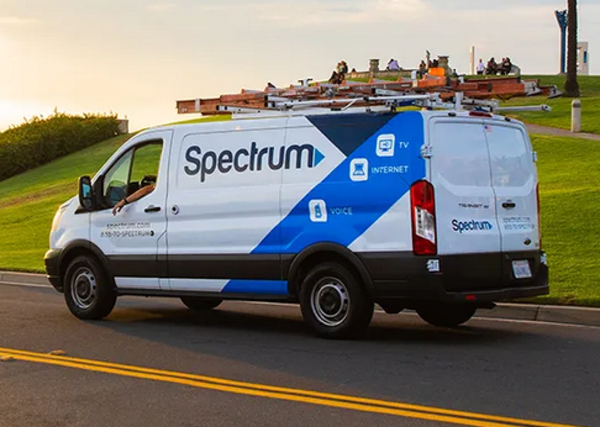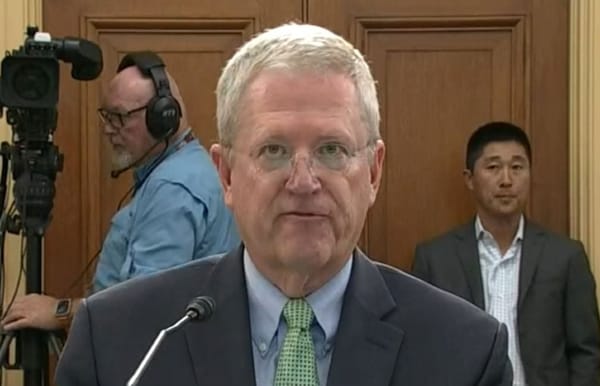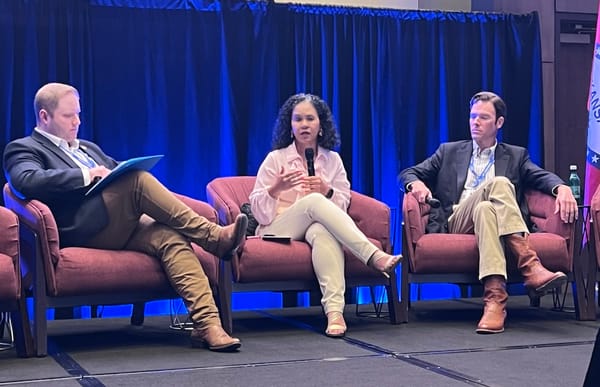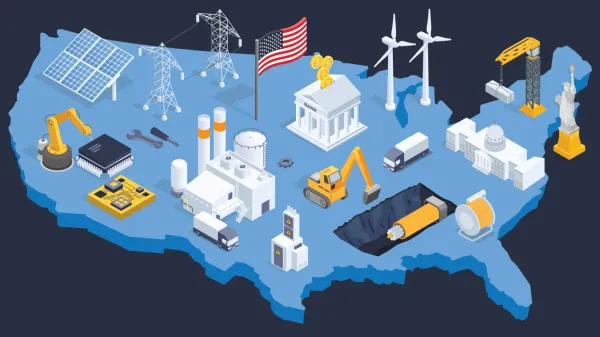Drew Clark: After 50 years, Moore’s Law teaches the power in a grain of rice
The world that we live in today is fundamentally different because of a four-page article published 50 years ago today in Electronics magazine. It is inspiring for me to try to quantify its impact. The article, “Cramming More Components onto Integrated Circuits,” was written by Gordon Moore, then di
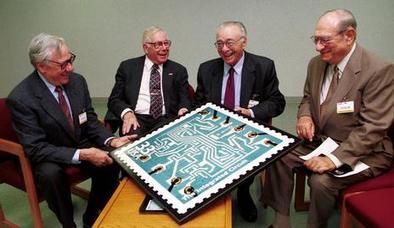
The world that we live in today is fundamentally different because of a four-page article published 50 years ago today in Electronics magazine. It is inspiring for me to try to quantify its impact.
The article, “Cramming More Components onto Integrated Circuits,” was written by Gordon Moore, then director of research and development at Fairchild Semiconductor in what would later be called Silicon Valley. Three years later, in 1968, Moore teamed up with Robert Noyce to co-found Intel. That company’s name is an abbreviation for the integrated electronics on a silicon-based computer chip.
Moore’s Law was Gordon Moore’s prediction that computing power would double every 18 months. Each new generation of microprocessor contains twice as many transistors as the last one. Each new hard drive, smartphone and smartwatch stores more bits of data than the last. Each new form of fiber-optic wires or radio transmission passes information faster.
The aspirational projection embedded in Moore’s Law is the reason we now enjoy the benefits of the digital world in which we live. It has been bountiful for our economy, our culture and our society.
Consider what Moore’s Law’s has wrought:
In 1965, Fairchild was selling transistors for about $150 each. Today, the price-per-transistor of Intel’s Core i5 processors is $0.00000014. That means you can buy 70,000 transistors for a penny.
If a smartphone were built today using technology from the era of Moore’s Law, the phone’s microprocessor alone would be the size of a parking space.
Compared with Intel’s first microprocessor, the Intel 4004, today’s 14 nanometer processors deliver 3,500 times the performance, at 90,000 times the efficiency and at 1/60,000th the cost.
Source: www.deseretnews.com
Moore’s Law is an undeniable force for good in the world today….
See on Scoop.it – BroadbandPolicy


